Thank you to everyone who has contributed to this page.
Please keep on sending photos and reports!
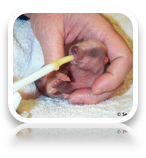
Badgers
A new Badger Group has been set up in Harlow. If you see badgers injured or killed at the roadside, there may be cubs needing attention so please contact the Badger Hotline on 07751 572175 giving the exact location if possible, this is very important, and will help our volunteers to locate the badger and the sett.
Derek Barry can be contacted on all badger matters on 01279 503332 and in an emergency on 07941 185171
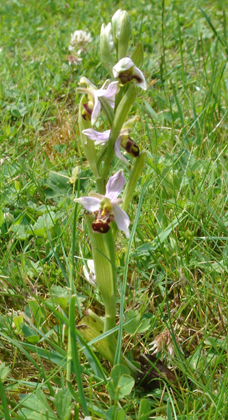
Bee Orchids
- Orchid that mimics a bumble bee, found in grassland and open scrub on alkaline soils
- Sparsely leaved spikes with four to five flowers distributed up the stem; pink sepals surround green petals and red-brown lip
- Scarce, like all orchids, but numerous in suitable sites; mobile, appearing and disappearing for no apparent reason
- Male bees attempting to mate are fooled into pollinating the flowers, which provide no nectar
Bee Orchids have been seen on Sheering’s roadside verges before, but in June 2009 they were discovered in a slightly overgrown garden lawn!
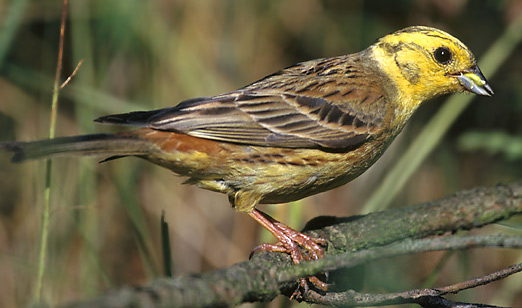
Yellowhammer
- Males are unmistakeable with a bright yellow head and underparts, brown back streaked with black, and chestnut rump. In flight it shows white outer tail feathers.
- Often seen perched on top of a hedge or bush, singing ‘A little bit of bread and no cheese’.
- Recent population decline make it a Red List species
- Found across the UK
- Look in open countryside with bushes and hedgerows
- See them all year round
- Eats seeds and insects
Seen and heard in Church Lane Sheering
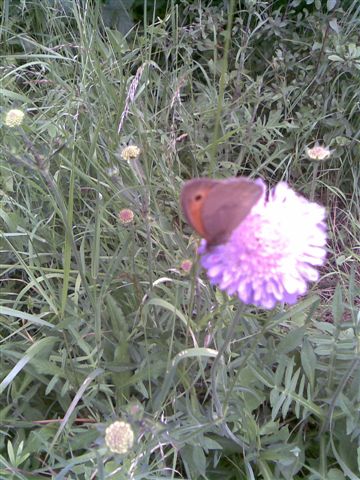
Gatekeeper Butterfly
- Scientific Name : Pyronia tithonus
- Wingspan : 40mm
- Also known as: Hedge brown
- Upperwings predominantly orange with a wide border of brown
- Single large black eye-spot with two small white dots on the forewing
- Typically found throughout much of England and Wales
- Favours shrubs as their main habitat, also typically be seen in scrub, woods and glades
- Shows preference for yellow flowers, Ragwort being one of its favourites
- Flight is more hopping than smooth.
Thanks to Maxine Webber who took this photo in Back Lane, Lower Sheering
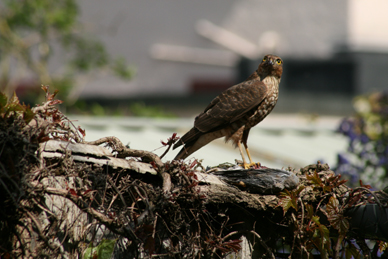
Sparrowhawk
I wonder how many people have found a mass of feathers strewn around their garden, evidence of a dead pigeon but usually little else? I have, and my instinct was to blame a cat or maybe a fox.
Well I now know who the culprit is – a sparrowhawk. I know this as, earlier this year, the offender hid his or her kill (a collared dove) on top of my garage roof and came back later to eat it – and allowed me to photograph it. See attached. Sparrowhawks are quite common but very secretive, so I was very honoured to get such a close view of one, let alone photograph it.
Nigel Pearce
Ash Groves, Lower Sheering
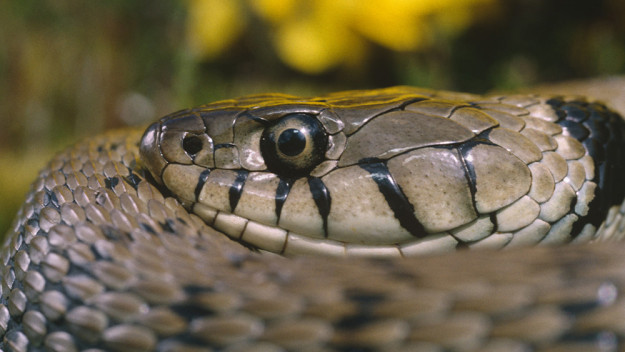
Grass Snake
This fellow was no ‘snake in the grass’ but appeared happy enough crossing the patio at a leisurely pace, flicking his tongue as he went. He made an appearance the following day, but then disappeared through the fence to the neighbours. About 15″ long he(?) appeared matt charcoal/black to the eye, but looks quite bright with prominent markings on the photo. I read they eat frogs and toads and we’re thinking of creating such an area in the garden next year, but I doubt they’ll make Hissing Sid a welcome guest!
Janie & Tom Llewellyn
Ash Groves, Lower Sheering
